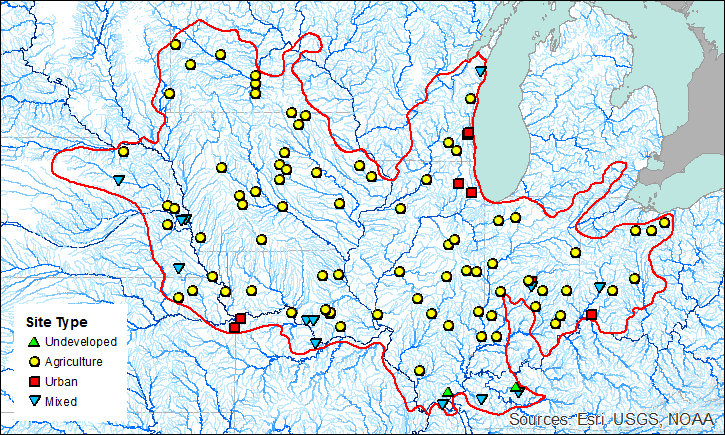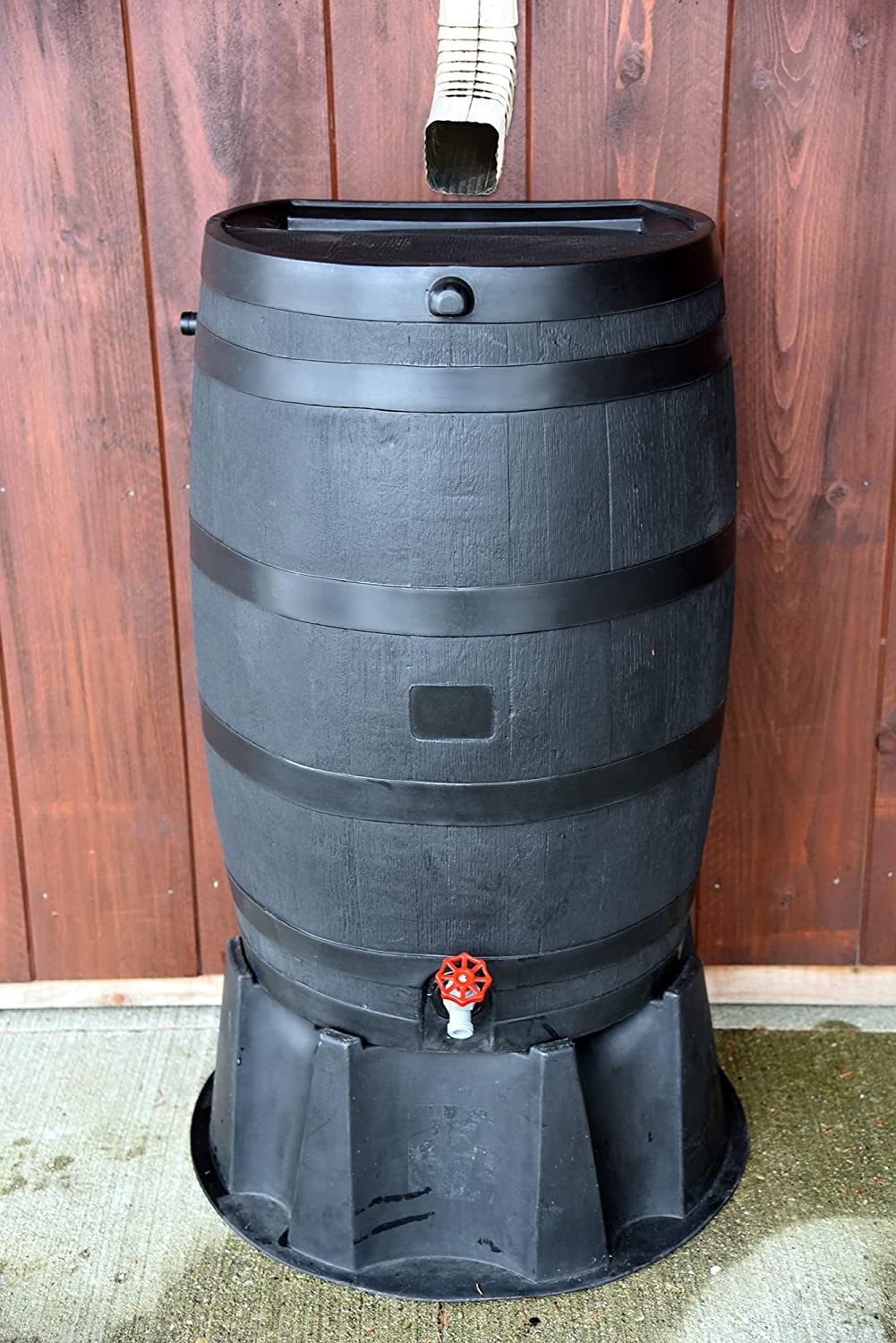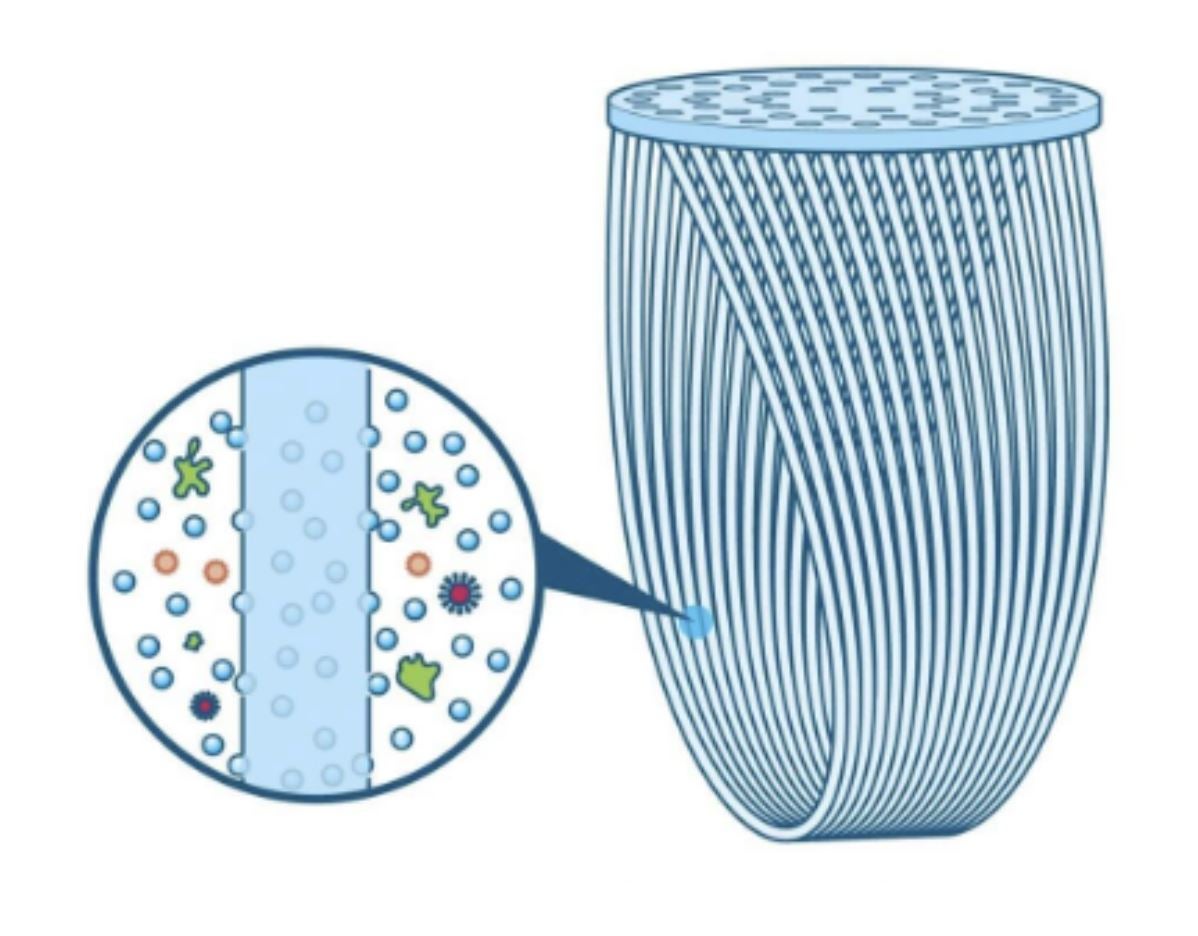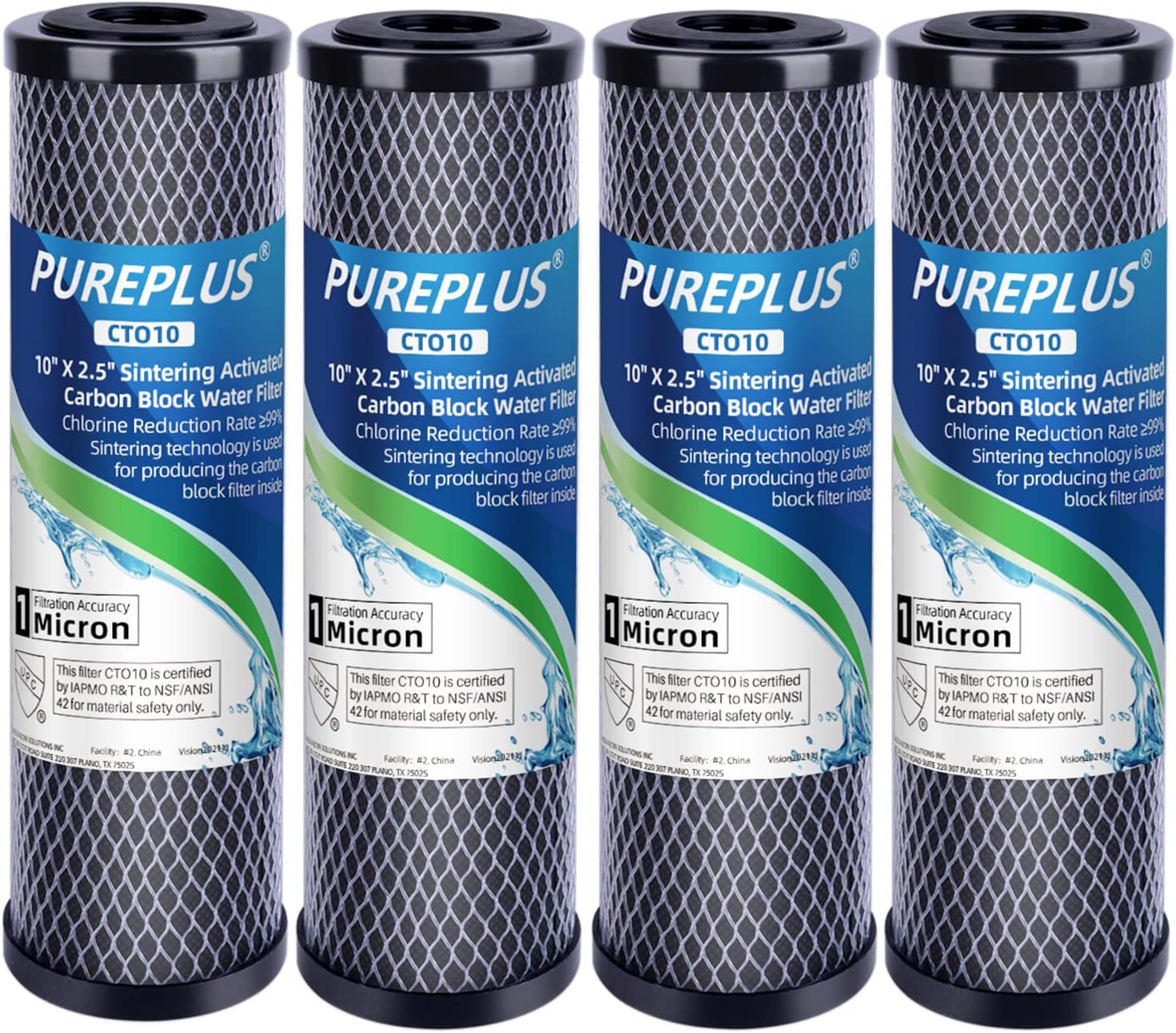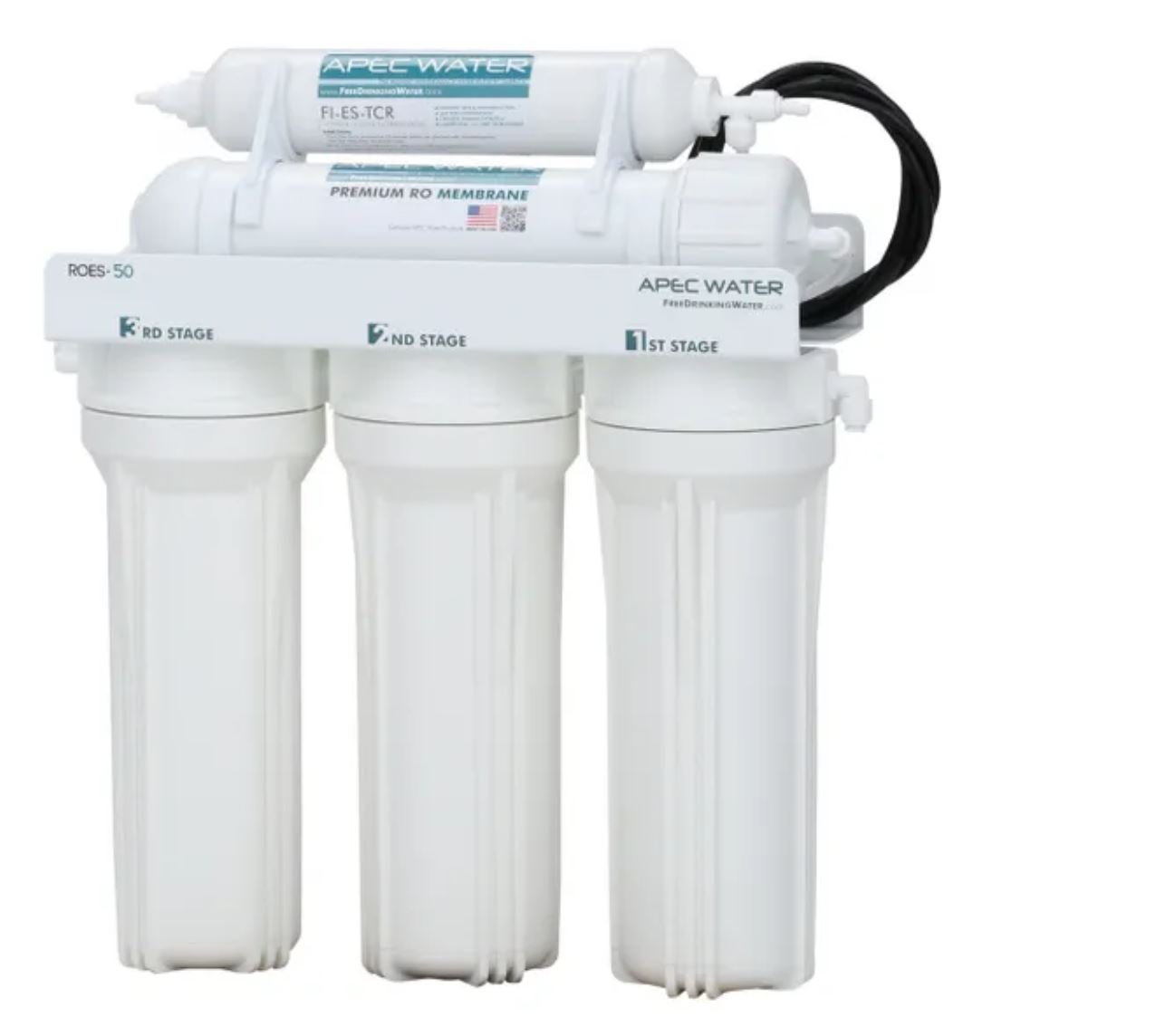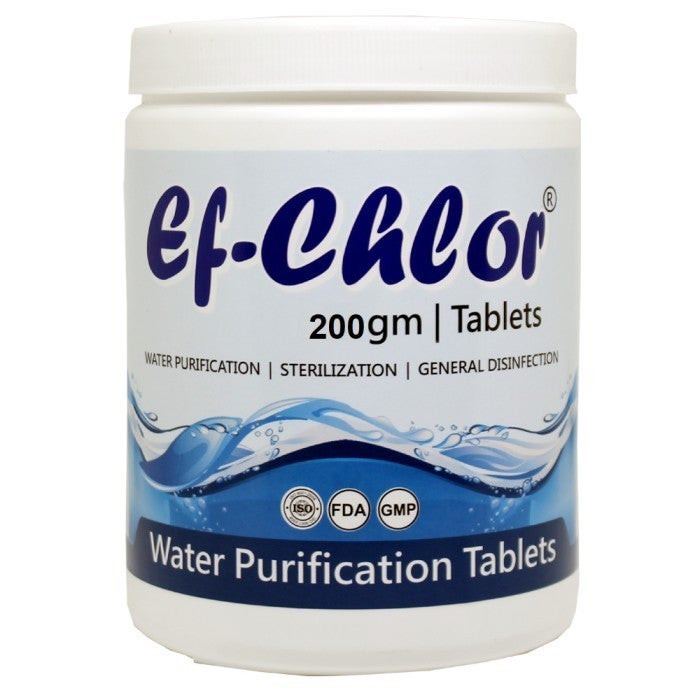How to Get Clean Water when SHTF or your LIFE Depends on It!
Travis Olander 01.26.23

We’ve covered day-hike water filters like the Sawyer MINI and LifeStraw Go, but if you’re a survivalist, prepper, or person who believes in reasonable preparedness, then you know you need a long-term clean water solution. The idea of having to source water from anywhere, but your public utilities isn’t that far-fetched. In fact, at the time of this publication, Arizona residents have lost 21% of their water allotment from the Colorado River, with some locales requiring water to be trucked in.
And water reclamation – the process of treatment wastewater to recycle it – is difficult. Large chemical treatment facilities coagulate, flocculate, reduce sediments, filter, and disinfect every drop before it returns to your taps. If some of those words sound foreign, bother not. The gist is, providing clean water is becoming more costly and difficult. Everywhere.
Viable Untreated Water Sources
So, how do you source clean water in a “SHTF” scenario (which many folks are currently living through)? First, you need a reliable source of untreated water.
1. Natural Bodies of Water
Ok, so the local stream is a good source – as long as it’s consistently full. Other natural water sources, like rivers, springs, lakes, and seasonal reservoirs are perfect. Standing bodies of water – like stagnant ponds – aren’t ideal, but their lesser quality is inconsequential once the source is properly filtered and purified.
The USGS provides a national database of hydrologic unit maps. These maps highlight local bodies of naturally-occurring water. The only drawback to this method of collection is distance and quantity: Unless you’re lucky enough to have a nearby body of water, you’ll need to lug along containers — and water gets heavy, fast.
2. Rainwater Collection
Nothing beats good ole’ precipitation. Many states even encourage rainwater collection — save for two (Utah and Colorado), wherein the practice is regulated. But we’re talking about “SHTF” scenarios, so regulations be damned. This is typically the most reliable method for mass collection. Few places in the U.S. see too little rainwater to collect. Even in places like Arizona, Texas, and New Mexico, seasonal rains are sufficient for most homes.
It’s best to stick with BPA-free plastics, like LDPE or HDPE. Fifty-five gallon drums are available at most hardware retailers.
3. Well Water
Having a well installed on your property is a great investment in preparedness. Locating groundwater can be surprisingly easy, depending on your locale. Lush flora and collections of sandstone, limestone, or granite provide good indicators of an underground aquifer. A hired hydrologist can make short work of locating where you should place your well. Groundwater surveyors may drill test holes, or employ seismic readings to locate suitable, replenishing aquifers.
4. Untreated Public Water
In a true “SHTF” situation, tapping into public works may be your only option for securing untreated water. Drainage systems, man-made reservoirs, and underground utility infrastructure can provide ample raw water. Keep in mind that collecting water like this is illegal, and should only be considered during an emergency.
Treating Potable Is a Two-Step Process to Make Clean Water
With a reliable source of untreated water, you’re half way there. Now, you need to ensure it’s safe to drink. Even rainwater can be littered with contaminants and chemicals that are unsafe to consume. To make your water safe for consumption (“potable”), you need to both filter and purify it. Filtration removes bacteria and microscopic foreign debris, but it doesn’t remove chemicals or viruses. For that, purification is necessary.
Types of Filters
Mechanical filtration is the first step in treating potable water. It physically captures and removes particulates, include most bacteria and microscopic organisms. Most mechanical filters rely on porous synthetic tubes and fabrics.
These filters are perforated with holes that are just microns (or sub-micron) wide. The Sawyer Mini and LifeStraw both work on this principle.
Absorption
Absorption filters use a porous media that attracts and traps contaminents, leeching them out of the water. The principle is similar to how mechanical filters work.
Most absorption filtration systems use activated charcoal or carbon (like these PurePlus CTO filters).
Sequestration
Sequestration filters use chemicals to form bonds with ions present in untreated water. These bonded ions then precipitate out of solution, leaving behind purified water. Sequester compounds are primarily used to remove toxins, minerals like calcium and magnesium, and metals like iron and manganese. Adding sequester filters to your “SHTF” water system can also help prevent corrosion and build-up of scale.
Reverse Osmosis
Reverse osmosis filters provide the most effective form of water filtration. Using a combination of membranes and micron tubing, these self-contained canister filters remove all chlorine, and most lead, iron. They also remove all bacteria, protozoa, and microscopic organisms.
These self-contained systems (like this APEC Water Systems Osmosis filter) can be easily adapted to fit an existing water drum or collection barrel. It can also be plumbed into existing lines in the home easily, using standard residential hot and cold feed lines via 3/8″ or 1/2″ connections.
Types of Purification
Boiling
Boiling water will kill all microorganisms and viruses that can cause disease. To properly purify water through boiling, it needs to be left to boil for at least one full minute. That figure climbs to three minutes if at high altitude (5,000+ feet above sea level). Boiling is easy to do, requiring relatively little time and fuel, and it’s capable of treating relatively large quantities of water — at least a day’s worth of drinking water at a time. Unfortunately, boiling doesn’t remove other inorganic contaminants, like metals and pesticides.
Distillation
Distillation is even more effective than boiling, since it also removes mineral residue and other inorganic compounds, like lead, nitrate, calcium, and magnesium. Distilling water requires heat, piping or tubing, two containers, and a temperature differential. Untreated water must be heated until it vaporizes. The water vapor must then be funneled into a cold container via tubing, where it will re-condense into a purified liquid.
Although distillation is more effective than boiling, it uses much more fuel and requires more time spent managing the purification process. Only small quantifies can be distilled effectively at home, making the process some what inefficient.
Chemical Treatment
Heat and fuel may not always be available, especially in a “SHTF” situation. Or, you may only have enough fuel for the sake of heating or light. If that’s the case, chemical treatment is a safe alternative that, when done properly, won’t cause long-term health effects. Chlorine, bleach, and iodine are the most common purifying chemical used to treat potable water. Those latter two chemicals should only be used if chlorine isn’t available. Chlorine is the only chemical the CDC says is safe to ingest long-term, when used at appropriate concentrations.
Just half a milligram of chlorine is needed to make a liter of water safe to consumption. One container of Ef-Chlor is capable of treating up to 60,000 liters of water. That’s just under 16,000 gallons. Importantly, the purification process takes at least 30 minutes, so let your potable water sit once treated before using it.
Choosing the Right Filters and Purifiers
We’ve reviewed some reliable storage, filtration, and purification methods. Check them out below:
